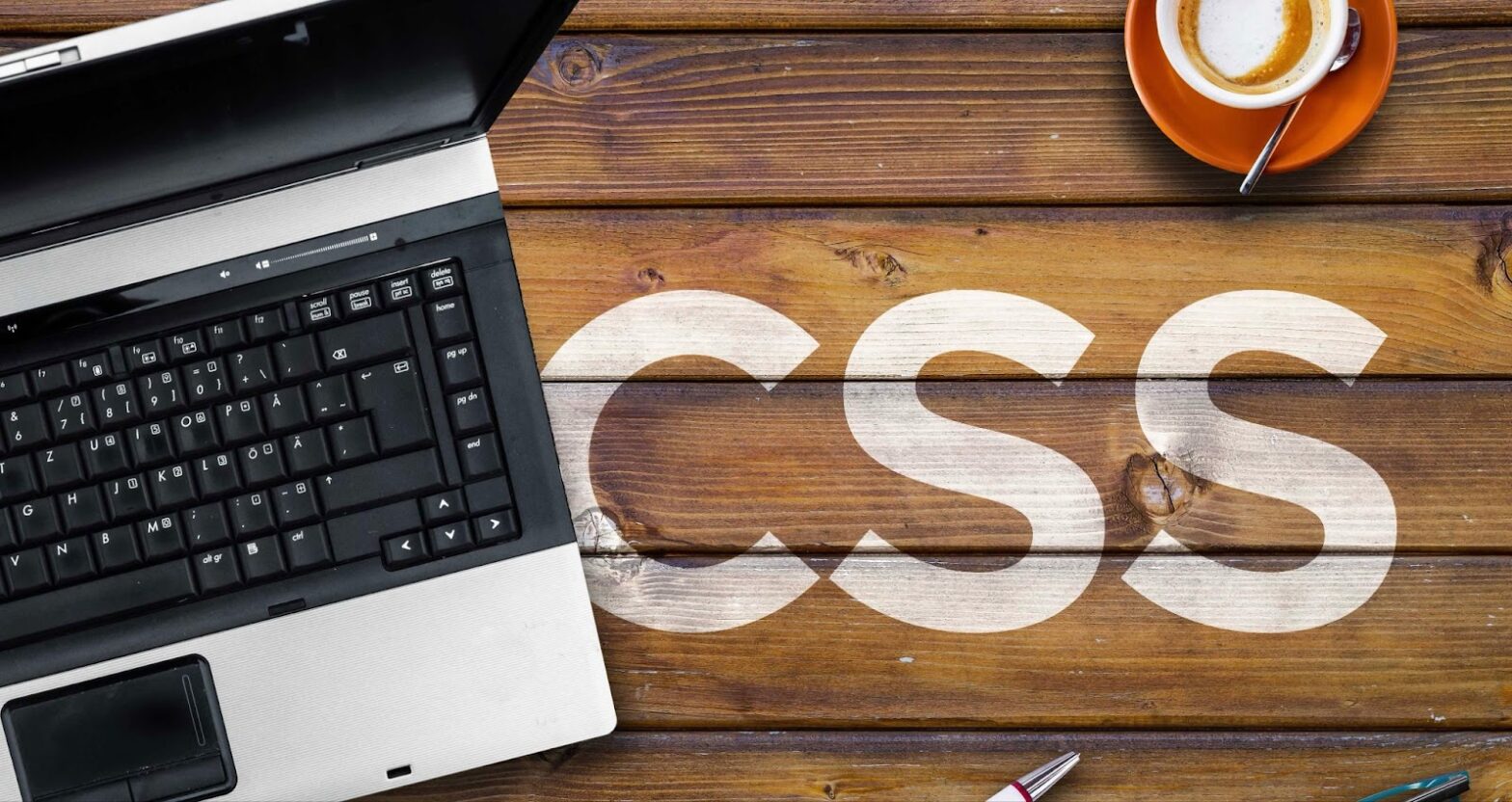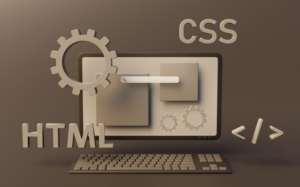
External CSS: A Key to Efficient Web Design
Web design and development have seen a significant revolution with the advent of Cascading Style Sheets (CSS). CSS offers two incredible approaches: External CSS and Inline CSS. Both of these cater to the needs of web developers in different ways. However, a fundamental difference lies in their processing speed and the way they function.
Is CSS a Perfect Match for Web Design?
Cascading Style Sheets, commonly known as CSS, is a vital tool in the modern world of web designing. Its primary role is to create a clear separation between a document’s content and its presentation. This includes various stylistic elements such as colors, layouts, fonts, and more.
The Aesthetics of the Internet: A CSS Role
CSS is like the creative designer of the internet world. It provides you with the tools to control almost every aesthetic factor of a webpage. From the color of the text to the style of the font, the spacing of the paragraphs, the size of the columns, and the entire layout, CSS has it under its command. With CSS, you can master the visuals of your site and design in a way that appeals to your target audience.
Key CSS functionalities include:
- Changing text color;
- Adjusting font style;
- Controlling paragraph spacing;
- Manipulating column size and layout.
An In-depth Look into External CSS
External Cascading Style Sheets, better known as External CSS, is an approach commonly employed when multiple pages of a website need to be updated or modified. It proves to be a highly efficient tool in these scenarios. By making changes to a single file, the entire website’s appearance can be transformed. This is facilitated by the <link> element, typically nestled within the head section of each page.
Let’s delve into some remarkable advantages of External CSS over inline and internal styles:
- Class Creation: External CSS allows developers to design myriad style classes. These classes can be applied to a variety of different HTML elements, instilling consistency in visual elements across web pages;
- Consistent User Experience: With External CSS, you can maintain a uniform look and feel across numerous web pages. This helps provide a consistent user experience, which is crucial in retaining users and reducing bounce rates;
- Centralized Style Changes: Any modification done in the external style sheet impacts all linked pages. This centralization of style changes reduces the time and effort required to update individual pages;
- Improved Load Speeds: External CSS contributes to enhanced loading speeds. This is because the CSS file needs to be downloaded only once and can then be applied across all relevant pages;
- Avoidance of Redundant Information: With the use of External CSS, HTML files can remain lean and clean. This strategy keeps unnecessary information to a minimum, making files smaller and tidier;
- Organization of Styles: External CSS supports structured organization of style elements. For instance, styles pertaining to one section of a site can be stored in one file, while those for another section can be preserved separately. This allows for more efficient management and handling of styles;
- Simplified Navigation: If you’re trying to locate the style of a specific element, External CSS facilitates the process. You no longer need to scroll through a long HTML file. Instead, you can directly access the appropriate section in the CSS file.

Integrating External CSS with HTML
Web development is an intricate process that involves several programming languages, with the two most prominent ones being HTML (Hyper Text Markup Language) and Cascading Style Sheets. HTML stands as the backbone of a website, defining its content and structure, while CSS adds the aesthetic appeal, determining the style and layout. The synergy of these two languages paves the way for well-structured, visually appealing websites.
One effective way to employ CSS in web design is through external linking. In this technique, the CSS rules are not embedded in the HTML file but are instead placed in a separate document with the .css extension. This document contains pure CSS rules with no HTML tags involved.
This method holds an edge over inline and internal styles as it allows for website-wide changes to be made by simply modifying a single external CSS file, saving time and effort. It eliminates the need to individually tweak every CSS property for every HTML page of the website.
Here’s a step-by-step guide to link an external CSS file to an HTML document:
- Prepare the External CSS Document: Using an HTML text editor, create a new document dedicated to CSS rules. This forms the foundation of linking your stylesheets to HTML files;
- Insert a ‘Link’ Element: This is accomplished by adding a ‘link’ element inside the head element of the HTML file. This ‘link’ element serves various functions, so it’s crucial to assign the right attributes to link it to an external CSS stylesheet;
- Use ‘rel’ Attribute: The first required attribute is the ‘rel’ attribute. This attribute is used to specify the relationship between the HTML file and the linked file. To tell the browsers that you’re linking a stylesheet, you’d use rel=“stylesheet”.
Importing External Fonts in CSS
Creating visually appealing web content involves a variety of techniques, one of which is incorporating custom fonts. With CSS, you can import external font files, such as True Type Fonts (.ttf), and apply them to your webpage. This offers a departure from the standard web-safe fonts, allowing you to create content that truly stands out.
The process of importing True Type Fonts (or any other font file) using CSS is relatively straightforward. Here’s a detailed walkthrough to get you started:
Step-by-Step Guide to Importing Custom Fonts:
- Get the Font Files: There are plenty of resources online where you can download a variety of font files. Google Fonts, for instance, offers a vast collection of free-to-use fonts that are web-safe. Other sources include Font Squirrel and Font Space. When you download a font, it usually comes in the .ttf format;
- Organize Your Files: Keep your project files well-organized. It is recommended to have a separate folder for your font files. This makes it easier to manage your files as your project grows;
- Create an HTML File: Start by creating a basic HTML file. Inside this file, you might insert an H2 tag or any other HTML element where you plan to showcase the custom font.
Here’s an example of how to use it:
@font-face {
font-family: 'CustomFont';
src: url('fonts/CustomFont.ttf');
}- Apply the Font to HTML Elements: Now that you have embedded your custom font, all you need is to apply it to HTML elements using the font-family property.
h2 {
font-family: 'CustomFont';
}With these steps, you can showcase the unique fonts of your choice and step away from the standard fonts that have been overused on the web.
Concluding Thoughts
In summation, the application of External CSS provides a significant leap forward in efficient web development. Its capacity to unify the aesthetics of numerous pages through a single file not only saves significant effort but also ensures visual coherence across the website. However, web developers must remain cautious of varying browser compatibilities and should endeavor to conduct comprehensive testing across multiple browsers. Indeed, harnessing the full potential of External CSS paves the way for creating appealing, streamlined, and consistently designed web content.

